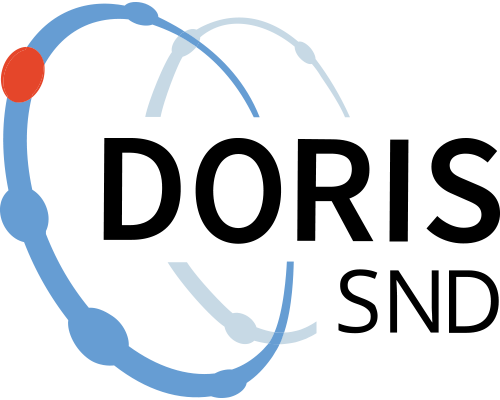SWEOLD - Swedish panel study of living conditions of the oldest old 2011
SWEOLD is a nationally representative survey of the older population in Sweden. The sample consists of individuals previously included in the selection of Swedish Level of Living Survey (LNU), who have passed the LNU age ceiling of 75 years. The first survey was carried out in 1992. Further waves were conducted in 2002, 2004, 2010 and 2014. In 2004 and 2014, the survey included people who were aged 70 and older. A new survey wave will begin in 2021.
SWEOLD data is linked to the LNU, that has been conducted regularly since 1968. This longitudinal database thus provides the opportunity to follow individuals over a 50-year period. In addition to the panel sample, SWEOLD also comprises an additional representative sample of older women and men. As each wave of LNU and SWEOLD is nationally representative, the data can also be used for cross-sectional analyses.
The questionnaire covers a wide variety of areas of concern to elderly people, such as mobility and activities of daily living (ADL and IADL), as well as health, housing, economy, family, political resources and leisure activities. Various tests are included to measure the physical and cognitive ability of these individuals. Indirect interviews are used when a respondent is unable to participate in the interview directly due to physical or cognitive disabilities. Next of kin or professional caregivers are used as proxies.
The fourth SWEOLD study was carried out in 2011. The sample consisted of 829 persons born in 1934 and earlier, who had been in the sample of any of the previous Swedish Level of Living Surveys (LNU). The sample was complemented with an additional sample of 335 women and men aged 85–99. The total response rate was 86.2% (n=931).
For the most part, face-to-face interviews were used to gather data, but in some cases telephone interviews or postal questionnaires were used. Direct interviews were conducted with 73.7% of the respondents and 20.1% were proxy interviews with a close relative or care staff. ‘Mixed’ interviews were used with 6.2% of the respondents, where the respondent took part in the interview with the support from a relative or other close person.
Go to data source
Opens in a new tabhttps://neardb.near-aging.se/data-access-process
Citation and access
Citation and access
Data access level:
Creator/Principal investigator(s):
- Carin Lennartsson - Karolinska Institutet and Stockholm University - Aging Research Center (ARC)
- Johan Fritzell - Karolinska Institutet and Stockholm University - Aging Research Center (ARC)
- Olle Lundberg - Karolinska Institutet and Stockholm University - Aging Research Center (ARC)
- Mats Thorslund - Karolinska Institutet and Stockholm University - Aging Research Center (ARC)
Research principal:
Data contains personal data:
Yes
Type of personal data:
Pseudonymised data
Code key exists:
Yes
Sensitive personal data:
Yes
